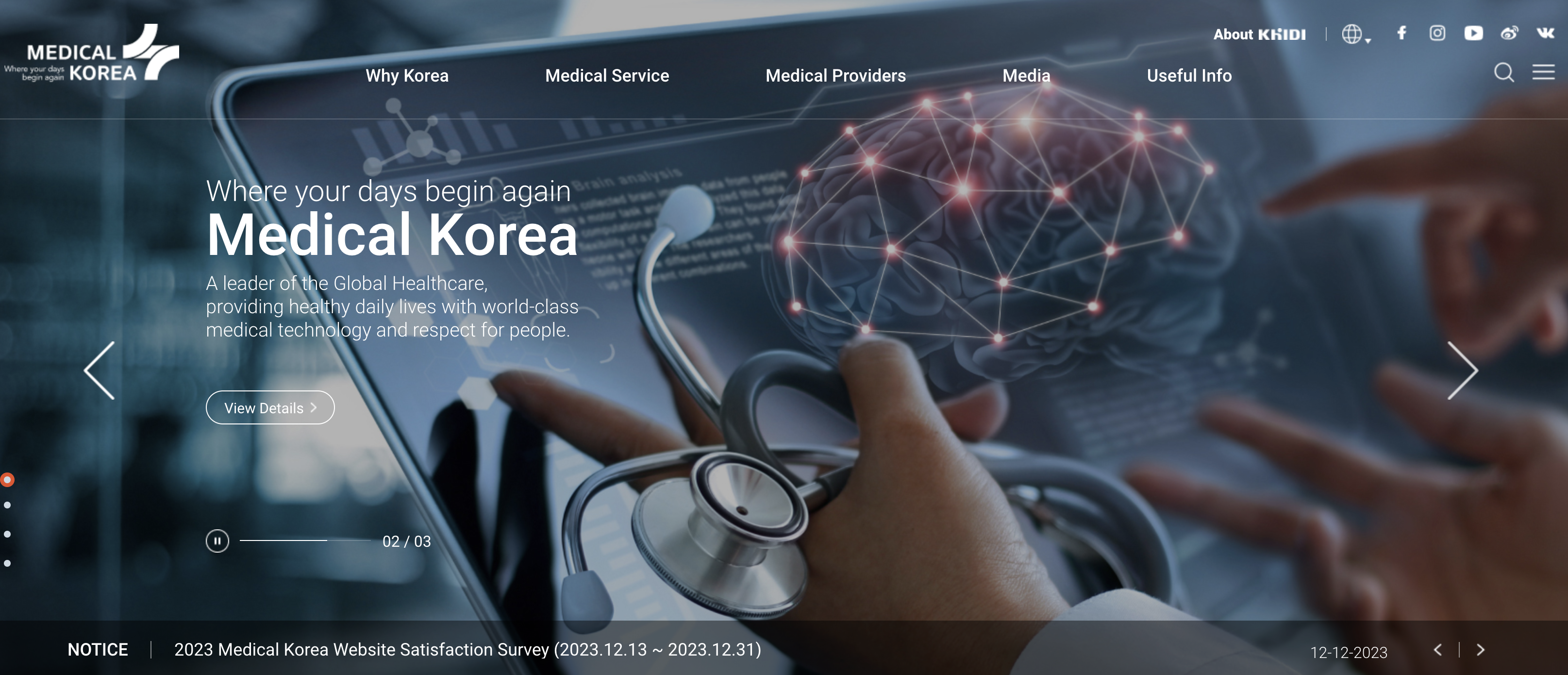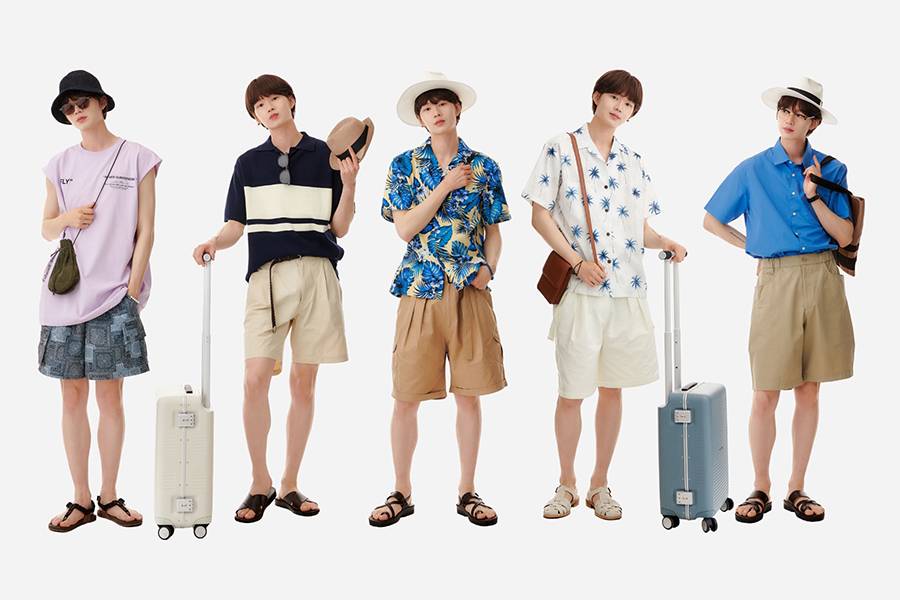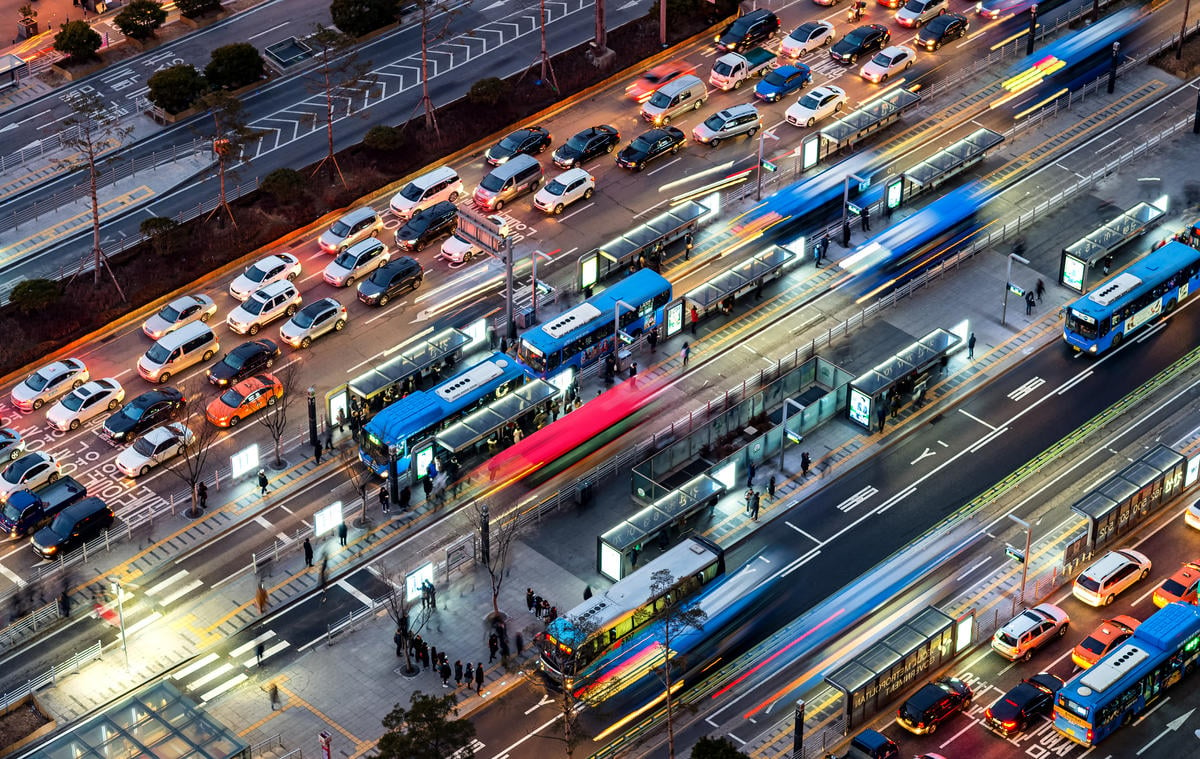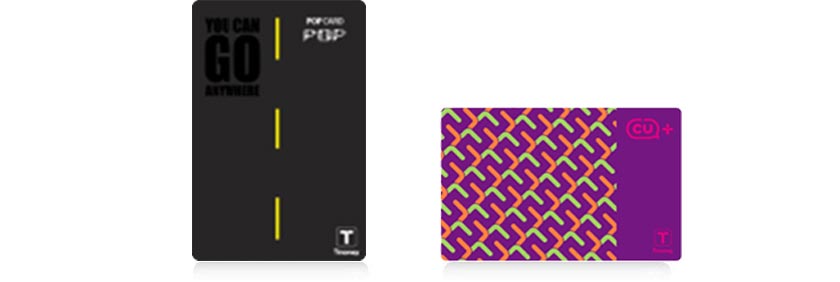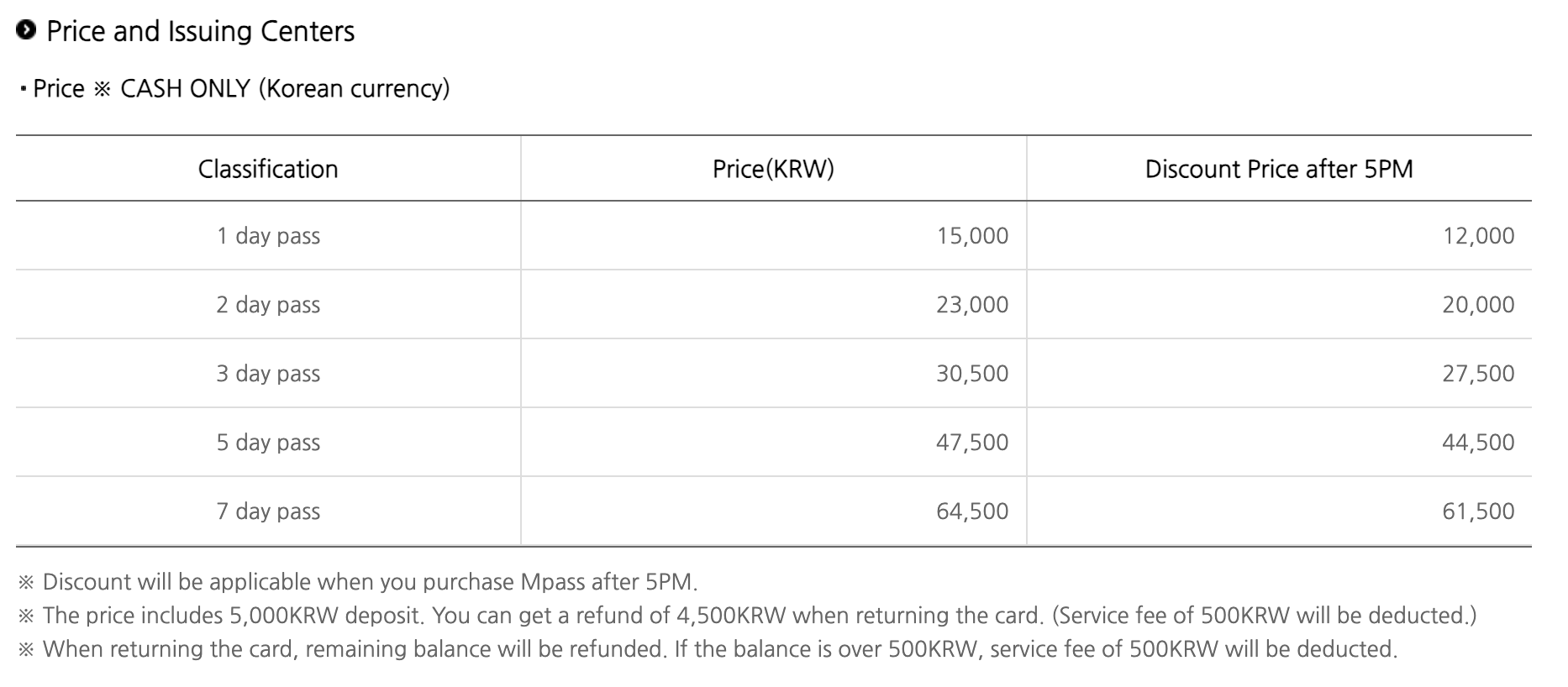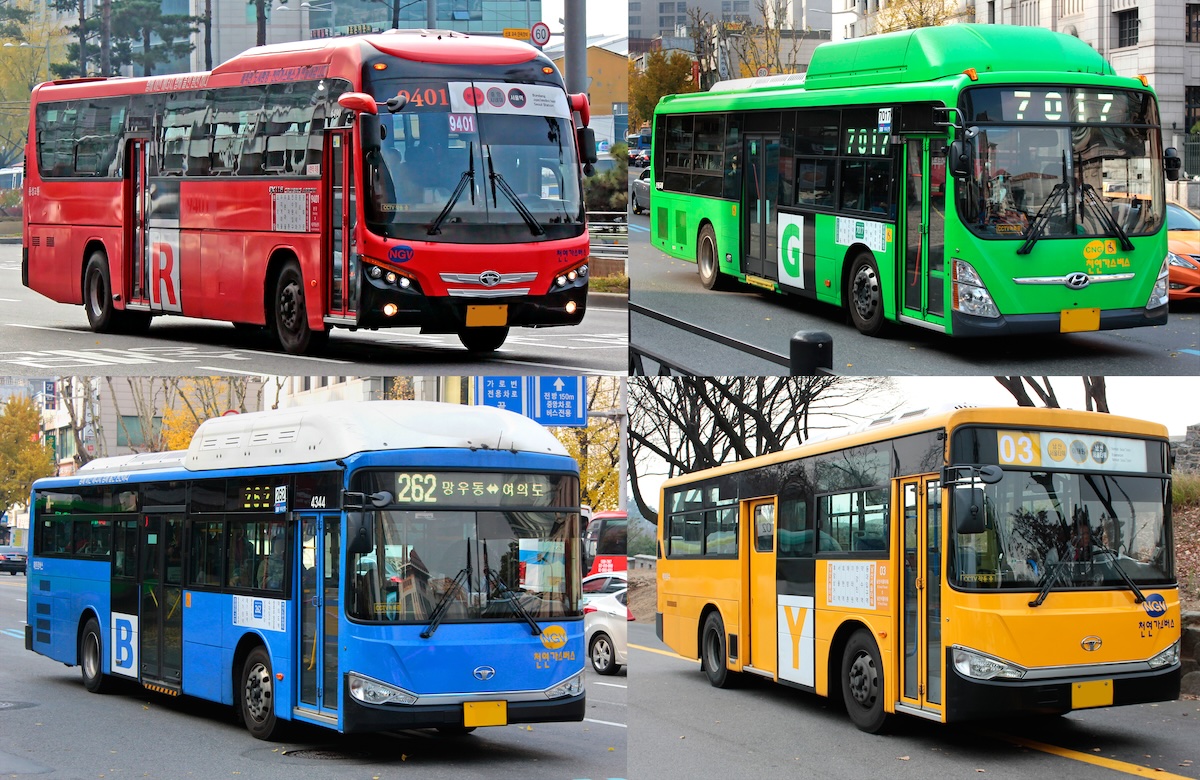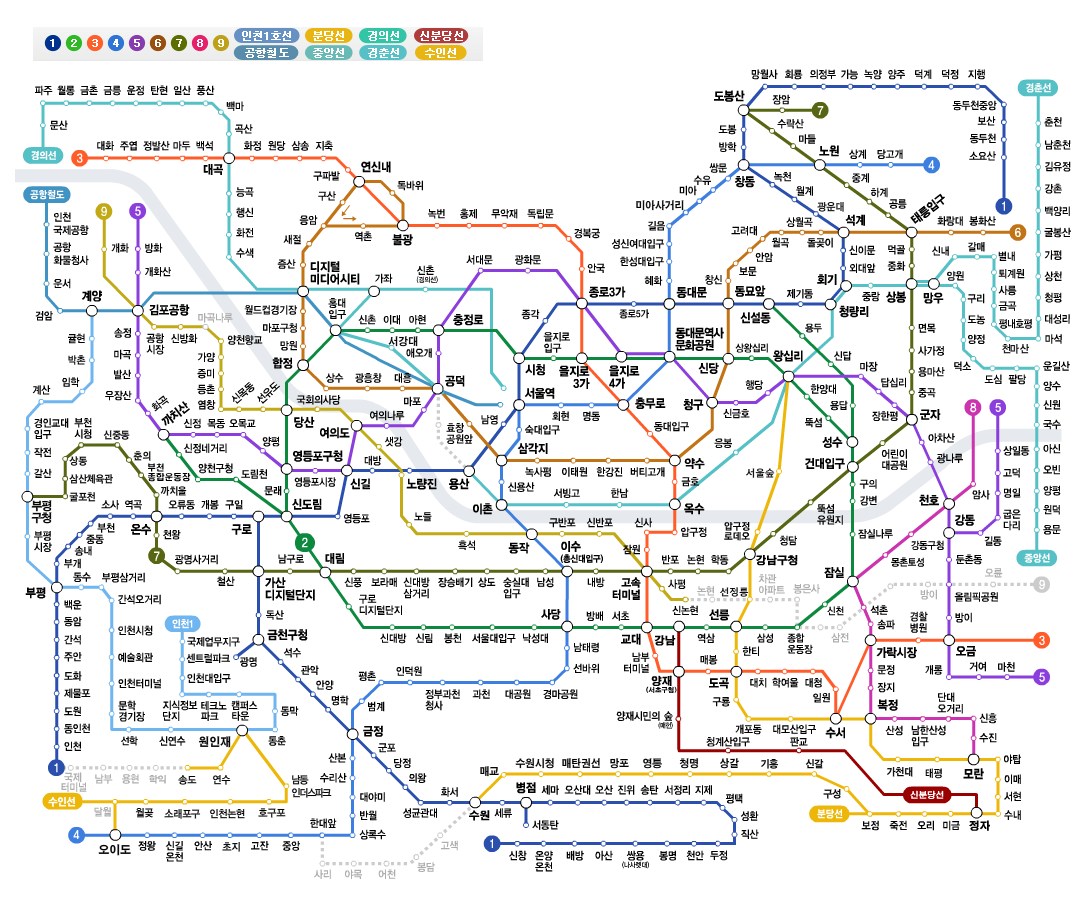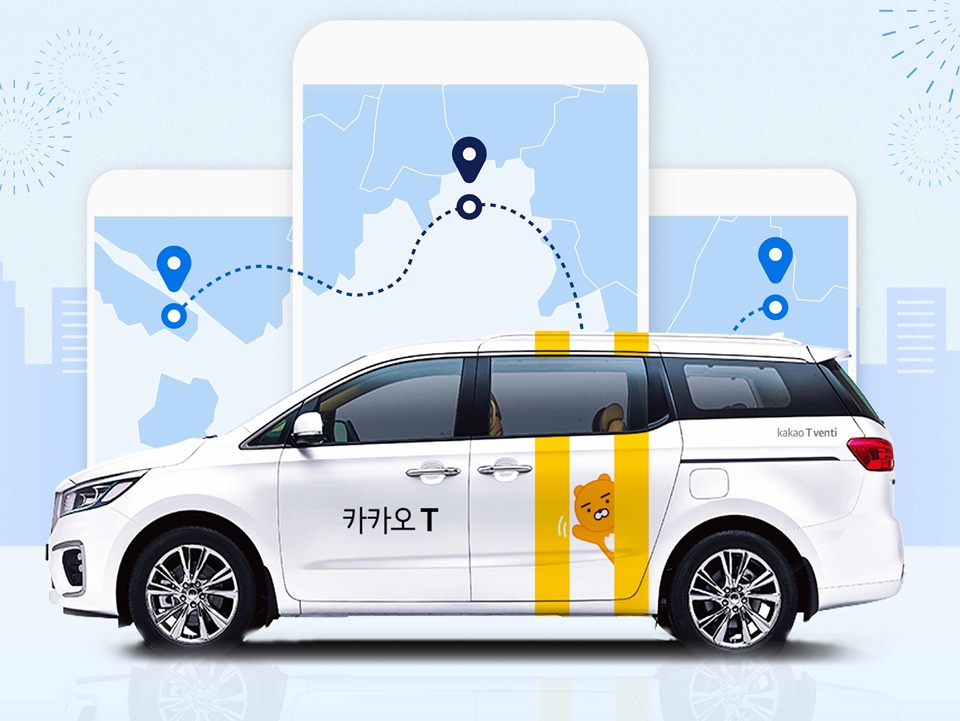Hello, foreigners travelling to Korea! You want to explore all of Korea’s amazing cities, including Seoul, Busan, Jeju Island, and more. But you’re worried about getting around. With so many options – Foreigner KTX, intercity buses, and domestic flights – you’re probably confused, and you don’t know how to book tickets or make connections. But don’t worry, with this guide, getting between cities in Korea is easy.
From the fastest KTX to cheap buses to convenient domestic flights. From booking tips to routes, travel times, and discounts for each mode of transport, we’ve put it all together for you from a foreigner’s perspective. Follow our guide and have fun getting to your favourite cities. Korea is waiting for you! This article was originally published in Korea Travel Guide: 55 Tips for Getting to Know Korea for Foreigners series.
Foreigner KTX reservations, fast and convenient KTX rides for fun and convenience
KTX, SRT tickets, it’s easy!
- About KTX and SRT: Korea’s high-speed railways, KTX from Seoul Station and SRT from Suseo Station, quickly connect major cities across the country. At a top speed of 305km/h, the train can travel between Seoul and Busan in 2 hours and 15 minutes, and the spacious seats make for a comfortable journey.
- How to book KTX tickets for foreigners: You can book on the Korail website or app, SRT website or app, in English, Chinese and Japanese, or on-site at train station ticket windows or vending machines.
- Fares and discounts: Fares vary depending on the route, but Seoul to Busan is around 50,000 won, and foreign credit cards are accepted. Also, for KTX, foreigners can get a 10% discount on the fare for Koreans, so buy a KORAIL PASS at the station.
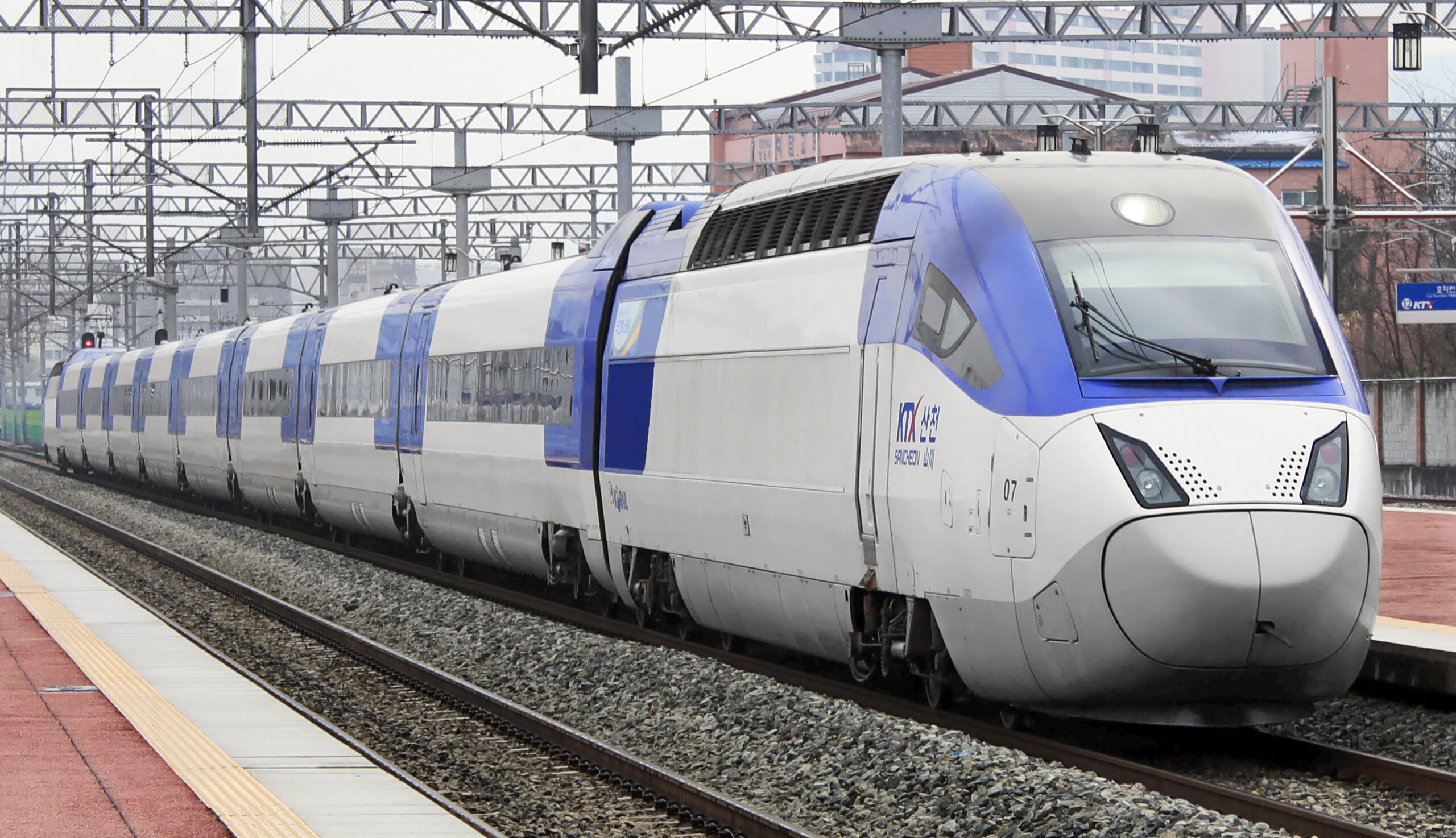
KTX routes and stations
- Main routes: KTX runs across the country, including the Gyeongbu Line (Seoul-Busan), Honam Line (Seoul-Mokpo), Jeolla Line (Iksan-Yeosu), and Gangneung Line (Seoul-Gangneung).
- Major stops: Seoul Station, Yongsan Station, Gwangmyeong Station, and Gwangju Station. In the provinces, Busan Station, Dongdaegu Station, and Gwangju Songjeong Station are the main stations. Check the stops on the Korail website.
- Transfer station information: Seoul Station and Yongsan Station are connected to the metropolitan train for easy transfers, Busan Station is connected to Subway Line 1, Dongdaegu Station is connected to Lines 1 and 2, and Iksan Station is convenient for bus transfers.

Top tips for travelling on KTX
- Advance seat selection: You can only select your seat at the station until 15 days after the train opens. If you have a preferred seat, such as a window or inside, book it at the station.
- Arrive at the station: KTX departs on time, so arrive at the station with plenty of time to spare. At larger stations, it can take a while to get to the platform, so try to be there at least 20 minutes before departure.
- Baggage policy: Each passenger is usually allowed up to the amount of luggage they can carry themselves. You can bring up to two suitcases.
Foreigner Bus, Take a leisurely ride on an inexpensive intercity/express bus
Reservations and fares for foreign express buses and intercity buses
- Tickets in person at the terminal: For intercity and express buses, tickets can be purchased at the bus terminal ticket window on the day of departure. English-speaking agents are available, just ask.
- Online/mobile booking: You can book on the Kobus website and app. Search for “kobus” in the Google Play Store.
- Fare information: Bus fares are based on distance: Seoul-Busan is in the $30-40,000 range, Seoul-Gwangju is in the $20,000 range, and late night and peak periods are surcharged. The more luxurious limousine buses(Woodeong Bus) cost a bit more. However, if you want to travel conveniently, I recommend using the limousine bus rather than a regular bus.
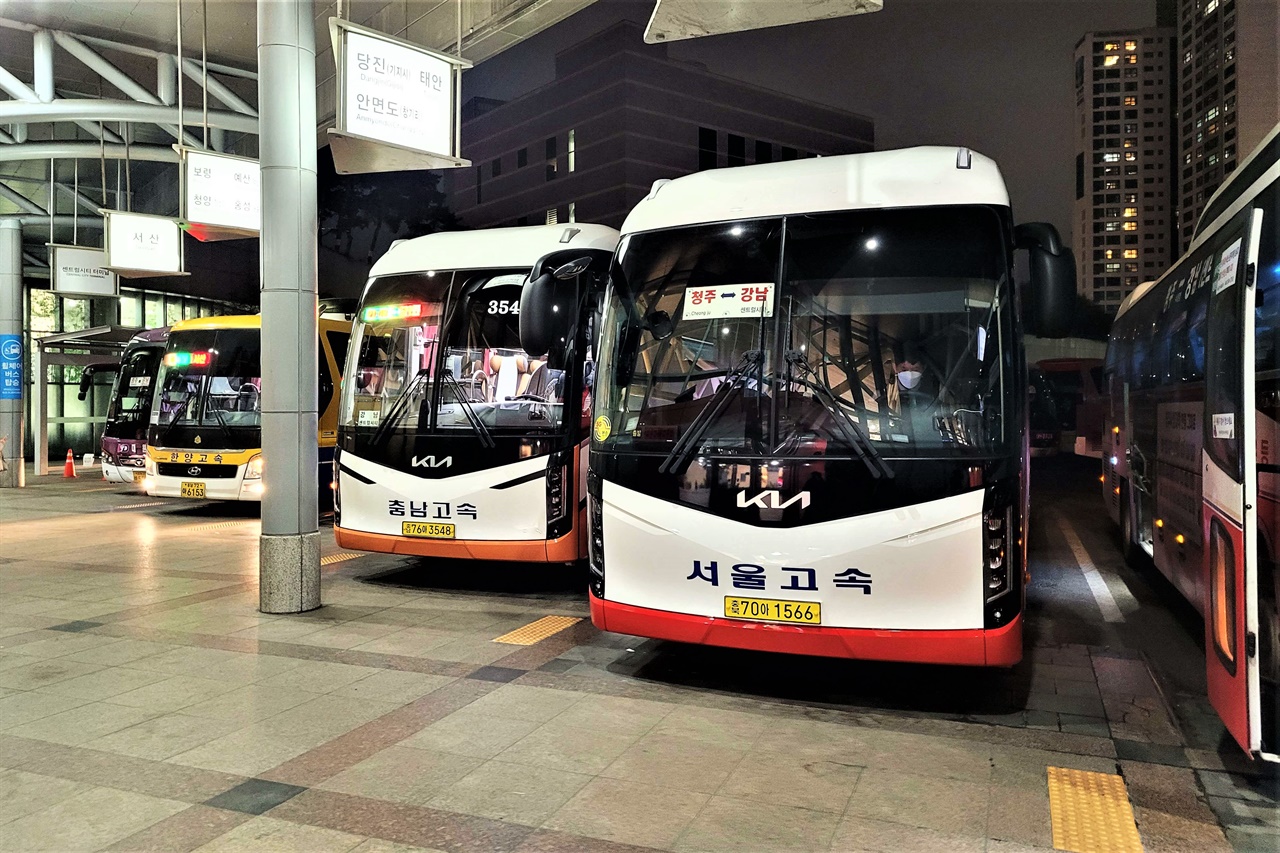
Intercity/highway bus terminal information nationwide
- Seoul terminals: Seoul Express Bus Terminal (Gyeongbu Line), Dong Seoul Bus Terminal (Yeongdong Line), and Sangbong Terminal (Gyeongui-Jungang Line), which are connected to the subway.
- Major city terminals: Busan Bus Terminal, Daegu Express Bus Terminal, Gwangju Bus Terminal, etc. You can board at the intercity bus terminal in each city.
- Smaller city terminals: In smaller cities without terminals, there are intercity bus stops. Check the location of the stop in advance and check the frequency of the bus.
Things to keep in mind when travelling by bus
- Check your boarding time: Make sure to check your boarding time when booking. Unlike domestic flights, buses don’t have reserved seats, so it’s best to board at least 20 minutes before your departure time.
- Stop at rest stops: Long-distance buses stop at rest stops for 15-20 minutes. Allow enough time for your arrival to rest, and you can buy some snacks.
- Luggage note: You can carry your luggage in the boot of the bus, but leave valuables on your seat as they are at risk of breakage and you can’t see them.
Foreigner Airlines, take a convenient domestic flight to Jeju Island
Book a domestic flight
- Choose an airline: Asiana, Korean Air, Jeju Air, Air Busan, Jin Air, and T’Way all fly domestic flights. Look out for low-cost airline deals.
- Where to book: Search on price comparison sites like Skyscanner and Trip.com. You can also book directly on the airline’s website or app.
- Compare fares: Fares vary by route and time of day, and can cost upwards of $100,000 during peak season. A return ticket can be cheaper.
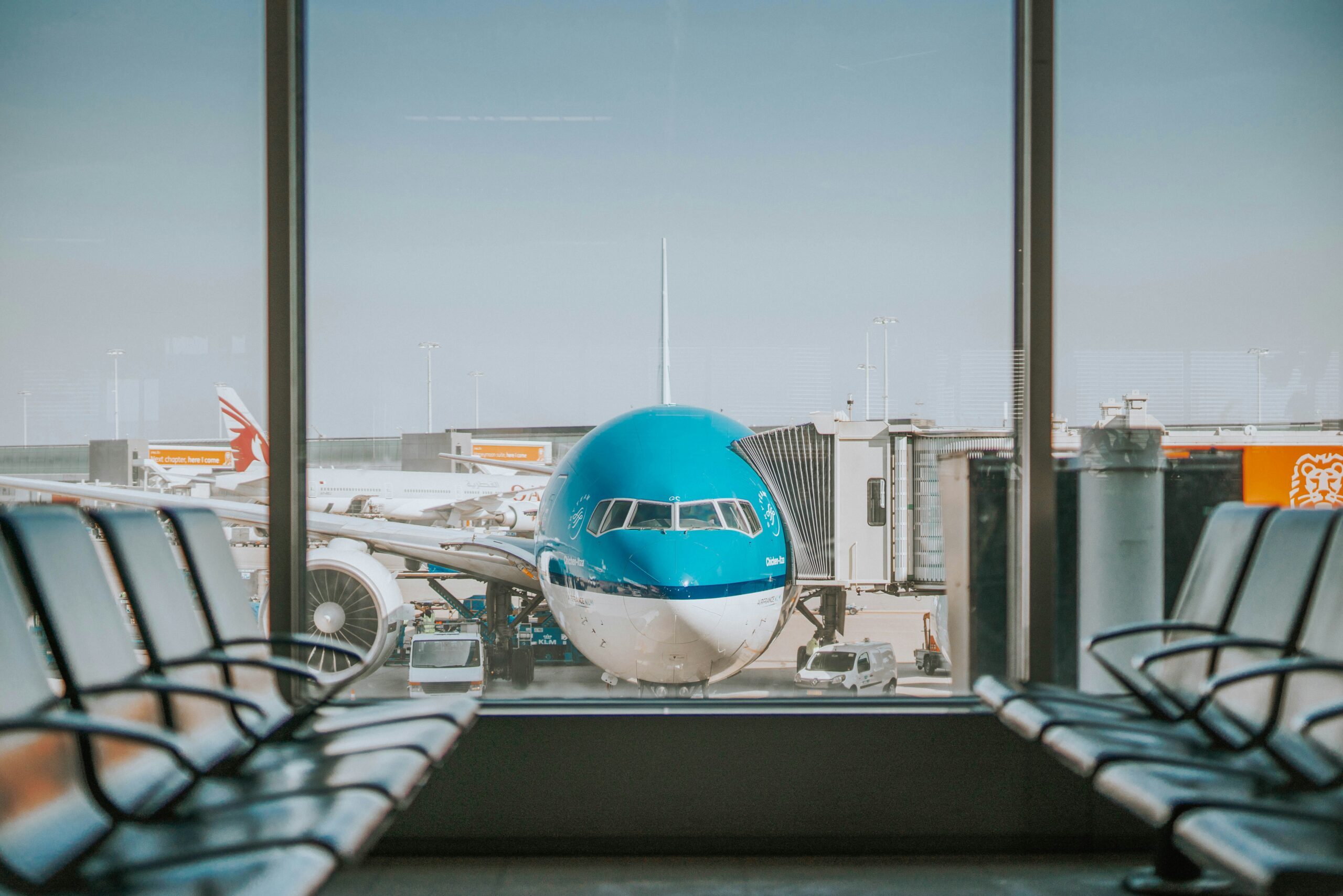
Domestic airport tips
- Airport locations: Gimpo International Airport, Gimhae International Airport, and Jeju International Airport are the main domestic hubs. Check the website for information on airport buses and platforms.
- Boarding: Domestic flights are simple – all you need is your ID and boarding pass, and you can check in at a self-check-in machine or counter.
- Baggage rules: Different airlines have different free baggage allowances, and you’ll have to pay extra if you go over. There are also size limits for hand luggage.
Travelling between cities in Korea isn’t as difficult as it sounds, right? KTX is fast and comfortable, so it’s perfect for long distances. Intercity/express buses can take you all over the country for a low price. If you’re travelling to Jeju Island, flying is the best option. Whatever mode of transport you choose, just remember these tips. Be prepared, be smart, and be well-informed.
Thanks to Korea’s fast transport network, you can be in a new city in a matter of hours. The scenery passing by outside the KTX window, the excitement of driving on the motorway, the beauty of Korea from the sky. Travelling is an experience in itself. Explore every corner of Korea and make unforgettable memories. We wish you the best of luck on your journey to Samcheonri Geumsugangsan Mountain!
Finally, if you’re interested in learning more about trains in Korea, including the KTX, SRT, and more, check out our post on all things train travel in Korea – from KTX to Mugunghwa.


